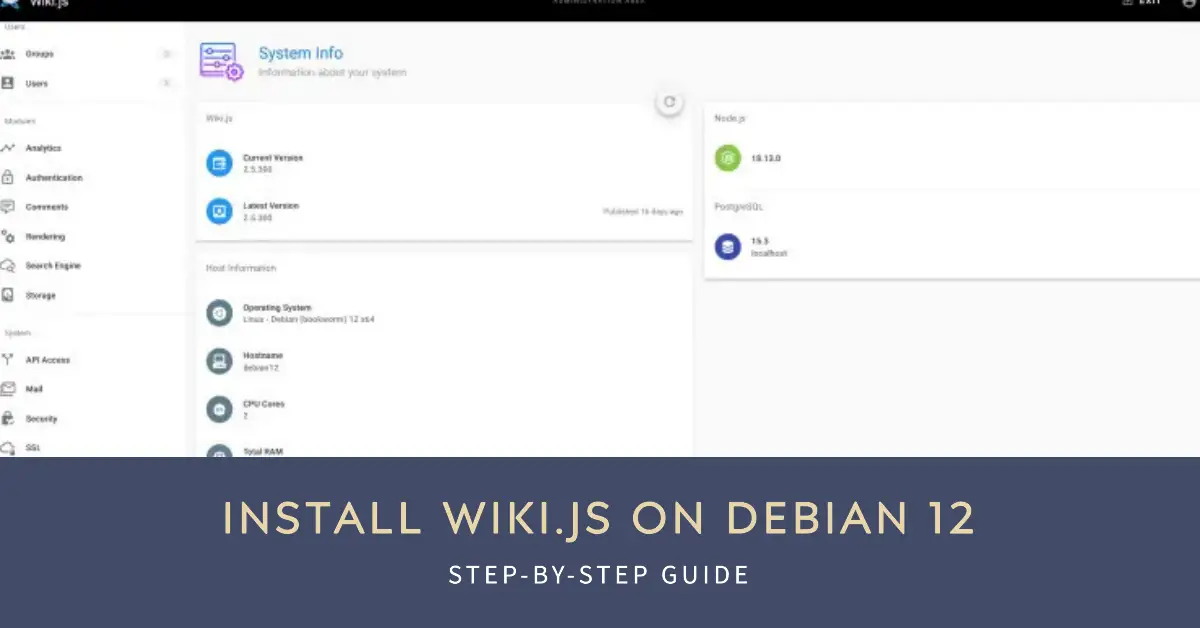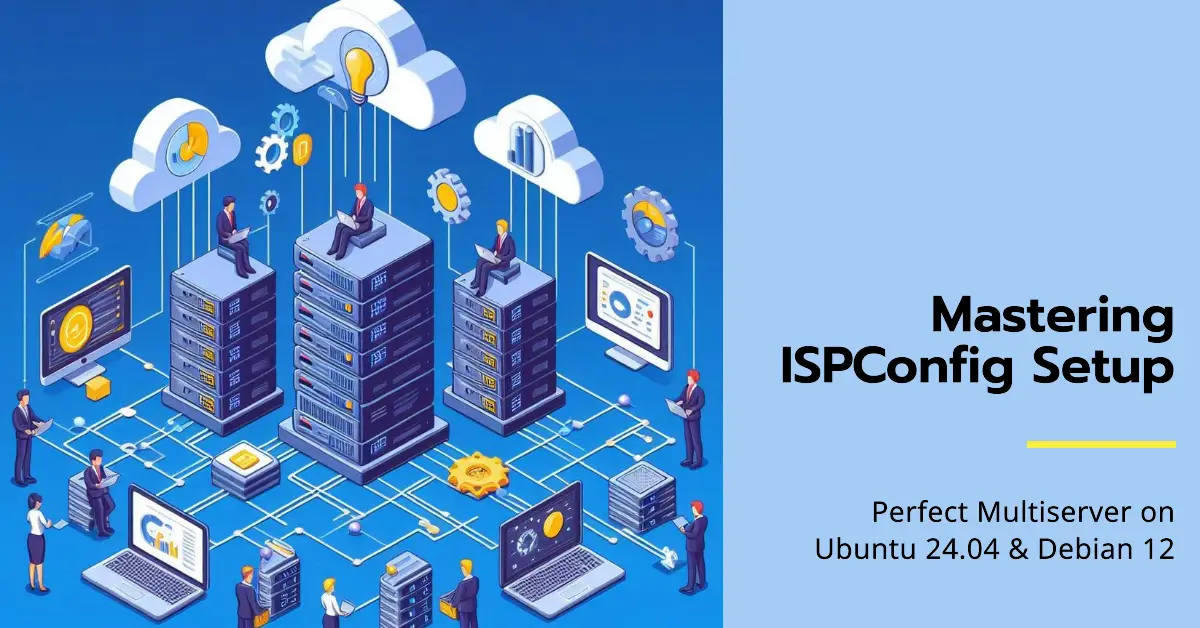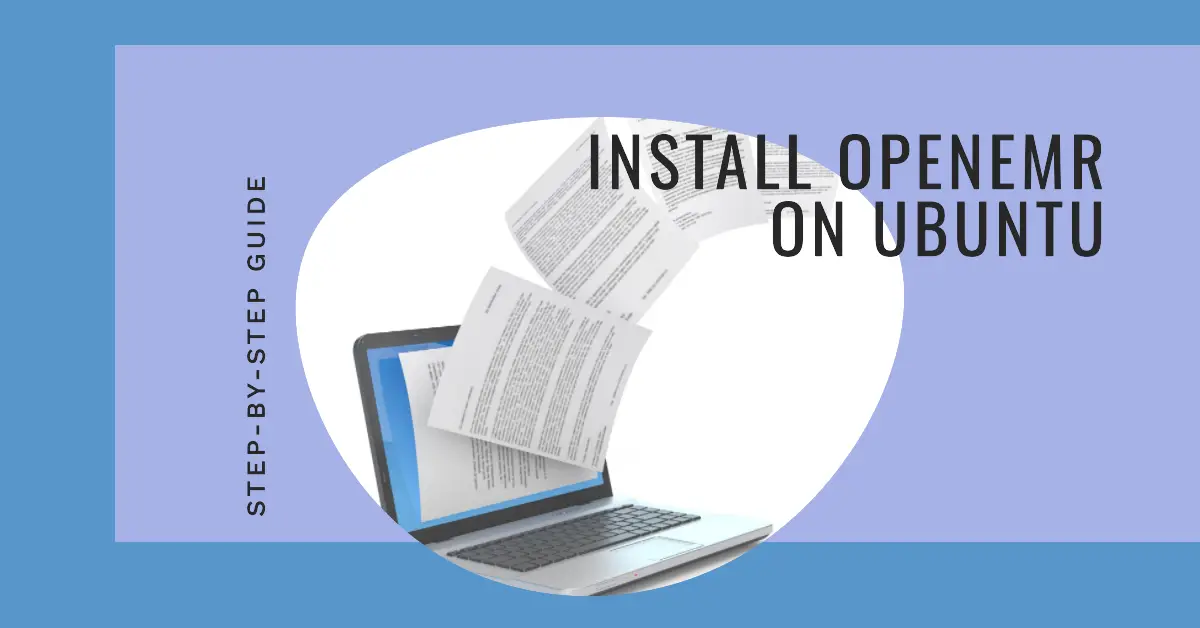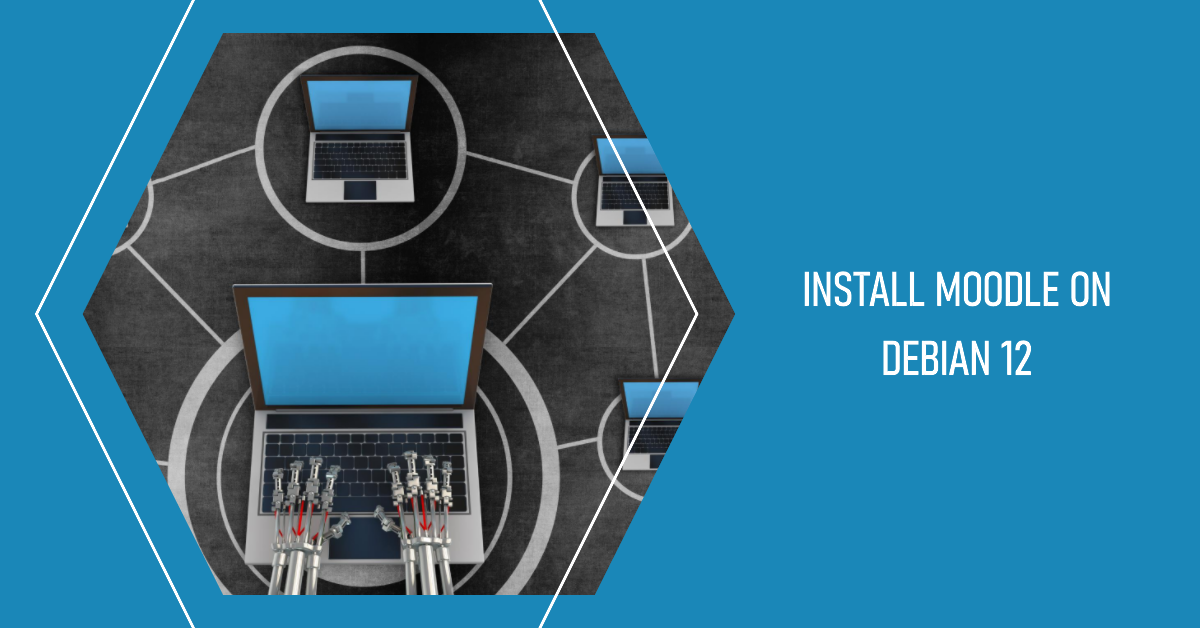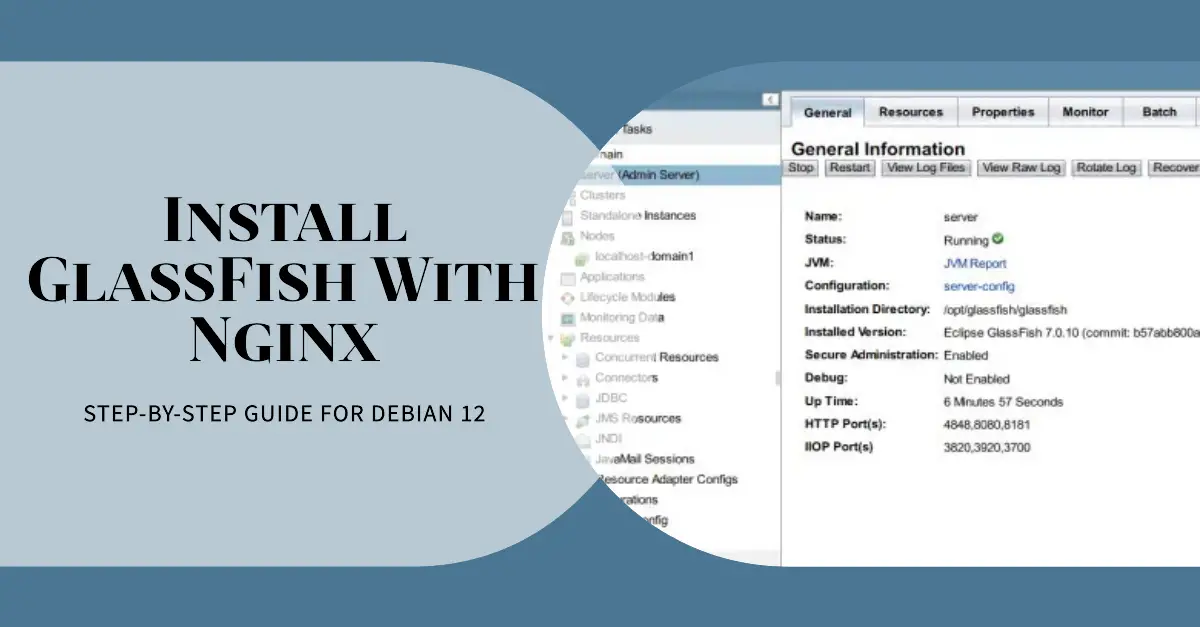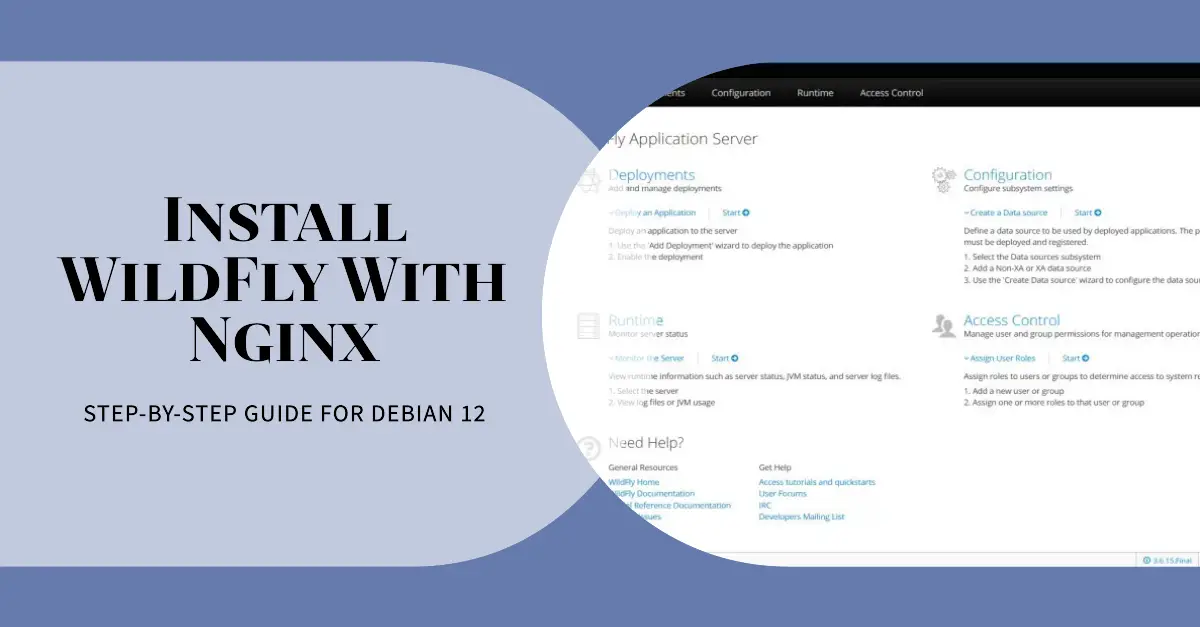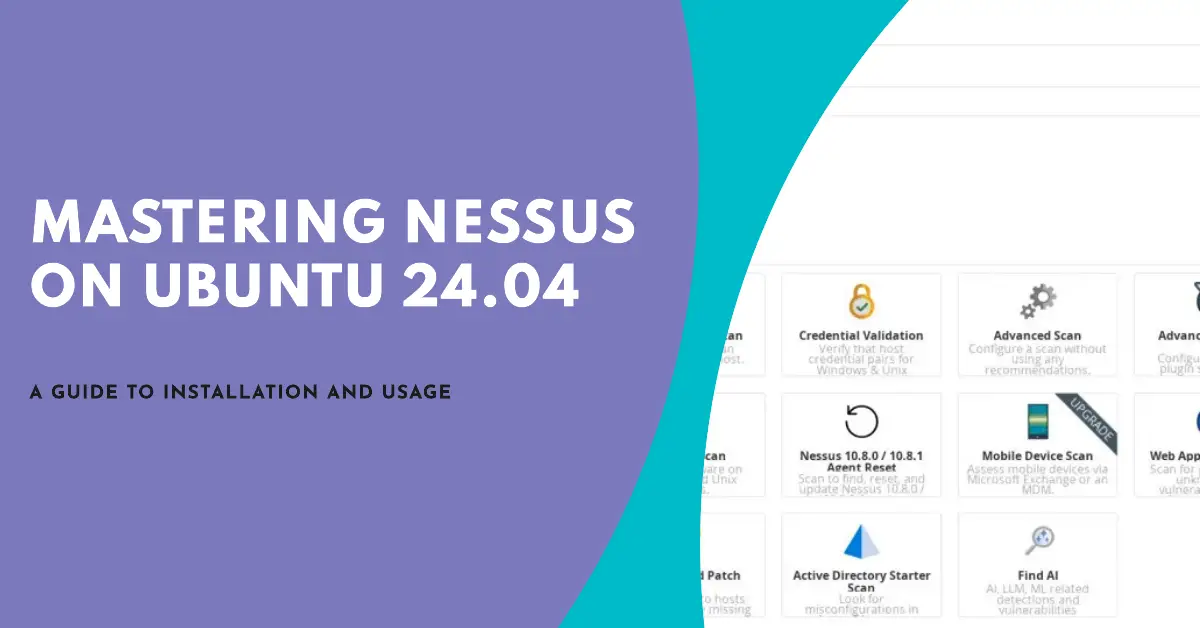HowtoForge provides user-friendly Linux tutorials.
If you've written a Linux tutorial that you'd like to share, you can contribute it. If you'd like to discuss Linux-related problems, you can use our forum. If you have questions, please contact us by email: info [at] howtoforge [dot] com or use our contact form.
-
How to Install Wiki.js on Debian 12
Author: Arvid L • Tags: debian, linux, server, web server • Comments: 0 • Published: Jun 26, 2025Wiki.js is free and open-source wiki software based on Node.js, Git, and Markdown. In this article, we'll show you how to install Wiki.js on a Debian 12 system.
-
ISPConfig Perfect Multiserver setup on Ubuntu 24.04 and Debian 12
Author: Thom Pol • Tags: control panels, debian, dns, email, ftp, ispconfig, linux, server, ubuntu, web server • Comments: 2 • Published: Jun 19, 2025This tutorial will take you through installing your own ISPConfig 3 multiserver setup with dedicated servers for the panel, web, DNS, mail, and webmail using the new ISPConfig auto-installer. This tutorial is compatible with Debian 12 and Ubuntu 24.04.
-
Securing your ISPConfig 3 managed mailserver with a valid Let's Encrypt SSL certificate
Author: Thom Pol • Tags: ispconfig, linux, security • Comments: 0 • Published: Jun 19, 2025If you're running your own mailserver, it's best practice to connect to it securely with a SSL/TLS connection. You'll need a valid certificate for these secure connections. In this tutorial, we'll set up a Let's Encrypt certificate for our mailserver that renews automatically.
-
-
How to Install OpenEMR on Ubuntu 24.04 Server
Author: Arvid L • Tags: linux, ubuntu • Comments: 1 • Published: May 29, 2025OpenEMR is an open-source health records and medical practice management solution. It is a fully integrated electronic health record and practice management, scheduling, electronic billing, and internationalization support.
-
How to Install Moodle LMS on Debian 12 Server
Author: Arvid L • Tags: debian, linux • Comments: 0 • Published: May 29, 2025Moodle is an open solution for the Learning Management System (LMS). It is a platform for educational purposes, from creating online courses, managing online schools, managing content, and offering collaborative learning.
-
How to Install GlassFish Application Server with Nginx Reverse Proxy on Debian 12
Author: Arvid L • Tags: debian, linux, server, web server • Comments: 0 • Published: Apr 19, 2025GlassFish is a free and open-source implementation of the Java EE Platform developed by Eclipse. In this guide, you will install GlassFish Application Server on Debian 12 in a step-by-step process. You will also configure Nginx as a reverse proxy for your GlassFish installation.
-
How to Install WildFly Application Server with Nginx Reverse Proxy on Debian 12
Author: Arvid L • Tags: debian, linux, server • Comments: 0 • Published: Mar 31, 2025WildFly formerly JBoss is a free and open-source application server that helps you build and deploy Java web applications. In this guide, you will learn how to install WildFly or JBoss application runtime on a Debian 12 server.
-
How to Install Emby Media Server on Debian 12
Author: Arvid L • Tags: debian, linux • Comments: 0 • Published: Mar 24, 2025Emby is an open-source alternative to Plex Media Server. This guide will teach you how to install Emby Media Server on Debian 12. You will install Emby with Nginx as a reverse proxy and enable UFW. Let's get started.
-
How to Install Actual Budgeting Software on Debian 12 Server
Author: Arvid L • Tags: debian, linux, web server • Comments: 0 • Published: Mar 18, 2025Actual Budget is an open-source finance management software focused on privacy and built on top of "Envelope Style Budgeting". In this tutorial, we'll show you how to install the Actual Budgeting System on the Debian 12 server.
-
How to Install and Use Nessus Vulnerability Scanner on Ubuntu 24.04
Author: Arvid L • Tags: linux, security, ubuntu • Comments: 0 • Published: Mar 14, 2025Nessus is a network scanning tool and vulnerability scanner developed by Tenable. It is used for vulnerability assessments, penetration testing, and ethical hacking. In this guide, you'll learn how to install Nessus on Ubuntu 24.04 server.

